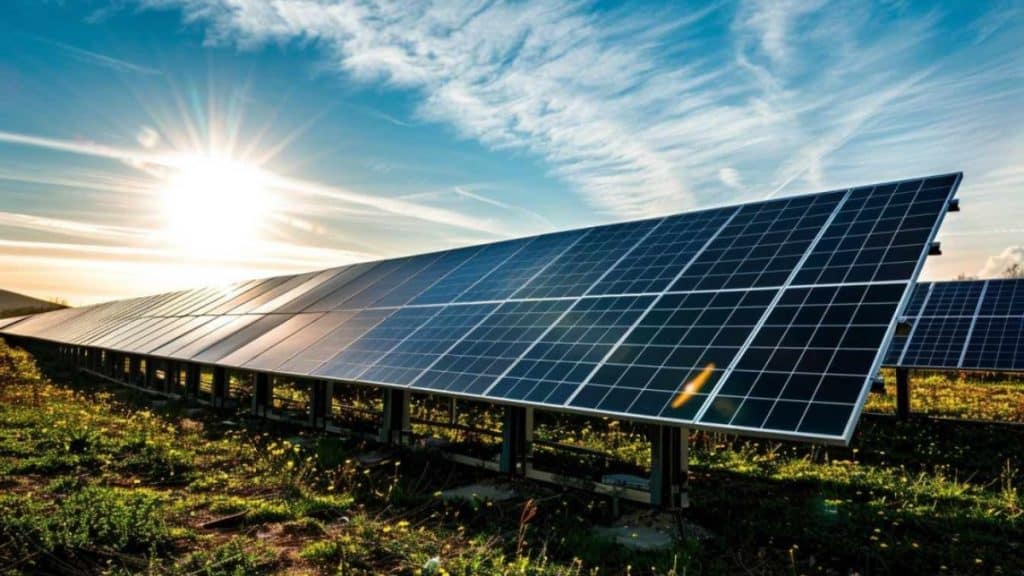Important information is included in IRS Notice 2024-48 to help taxpayers assess their eligibility for the IRA Energy Community Tax Credit Bonus under IRC sections 48, 48E, 45, and 45Y. This notice consists of the upgraded list of U.S. census and U.S. counties that stand eligible for the energy community bonus credit in Appendix One and Two. Hence, it is important to assist clients in understanding eligibility to claim these credits effectively.
What is Appendix 1 and 2 of Notice 2024-48?
Notice 2024-48 is crucial for each taxpayer looking for the Energy Community Tax Credit Bonus. It offers upgraded criteria and the list to determine eligibility under the closure categories and the statistical area representing recent additions and changes under the IRA.
Any energy project owner can boost IRA credits by verifying the location-based eligibility of their project.
Introduction of the Energy Community Tax Credit Bonus
Several communities have a long history in the energy industry, producing energy for the nation and sustaining local economies dependent on the production of gas, oil, and coal, which provided jobs and tax revenue. Today, as the nation shifts to cleaner energy sources, communities reliant on fossil fuels face challenges, including reduced demand for traditional energy and a decline in production.
A switch to cleaner energy offers benefits to the nation as there is an approach to minimize greenhouse gas emissions and acknowledge the challenges of closing coal mines, reducing oil and gas production demand, and closing coal-fired power plants. Unfortunately, this has negatively affected the economy of such important communities and their job market.
Recognizing these communities’ longstanding contributions to the energy economy, the federal government has introduced initiatives to create new energy resources, helping them benefit from the explosive growth in industries like wind, solar, biogas, and other renewables.
The IRA Act of 2022 has understood this requirement and introduced a tax credit incentive program known as the energy community bonus credit provision, focusing on promoting clean energy development for communities that have had extensive production of oil, gas, and coal.
Hence, the IRA has created efficient tax credit opportunities to assist in funding the construction of clean energy facilities that have qualified within the boundaries. This represents the opportunity for energy communities to take benefit and get involved in the economy of clean energy.
Understanding the Energy Community Tax Credit Bonus
The Energy Community Tax Credit Bonus is a provision designed to encourage investments in renewable energy within specific regions called energy communities, as outlined in the Inflation Reduction Act of 2022. This tax credit aims to boost job creation and stimulate economic growth in areas that are moving away from or rely heavily on fossil fuels.
Furthermore, the Energy Community Tax Credit Bonus offers either:
- An additional bonus of up to 10% for production tax credits
- 10 percentage points for investment tax credits, along with any existing tax credits like the Investment Tax Credit (ITC), for renewable energy projects
For example, a solar project that qualifies for the ITC with a base rate of 30% located in an energy community receives an additional 10% bonus, totaling a 40% tax credit. The credit value is considered by multiplying the percentage applicable with the total cost of project installation. The owner of a solar project valued at $1,000,000, who qualifies for a 40% tax credit, will enjoy a $400,000 reduction in income taxes for the year the project becomes operational.
Projects Qualifying For the Energy Community Tax Credit Bonus
An energy project must be situated in an energy community to qualify for the Energy Community Tax Credit Bonus. Hence, as the US Department of Energy defines, there are three ways through which a given area can be considered a part of an energy community:
- The renewable energy project should be located in a census tract or a nearby census tract.
- At a coal mine shut down after 1999; or
- wherein an electric producing plant that used coal was deactivated after 2009.
- The renewable energy project should be located in an area that satisfies both the unemployment requirement and the fossil fuel employment threshold. Specifically, the area must have:
- 0.17% or greater direct employment, or
- Local tax income from the extraction, processing, transportation, or storage of coal, oil, or natural gas must be at least 25%.
- An unemployment rate at or above the national average for the previous year.
- Several brownfield sites (as defined by CERCLA 1980) also qualify.
Many states experience great advantages from this definition. For example, much of Michigan’s energy region, including areas served by Consumers Energy, qualifies as an energy community. This includes almost all consumer territory situated on the north of the Muskegon-Flint axis and several consumer territories directly bordering Ohio.
Top Renewable Energy Projects Qualifying For the Energy Community Tax Credit Bonus
Projects that might qualify for the energy credit must include the installation or construction of at least one category from the energy properties mentioned below:
- Solar
- Biogas systems
- Microgrid controller
- Energy storage
- Wind energy
- Waste energy
- Microturbine power plant
- Combined heat and power system
- Fuel cell power plant
- Geothermal
Conclusion
The renewable energy projects that fulfill the location eligibility criteria stand qualified for the Energy Community Tax Credit Bonus. Moreover, the renewable projects mentioned above, including geothermal, wind energy, waste energy and more, might qualify for the energy community tax credit bonus.
